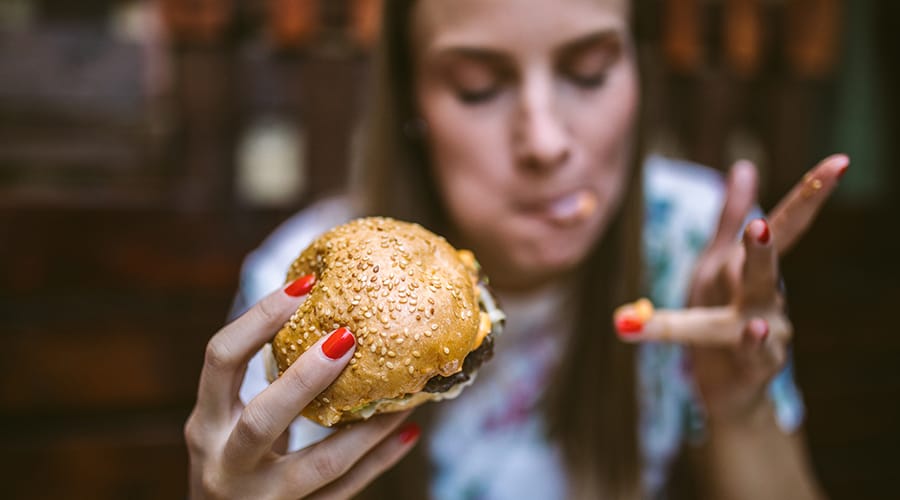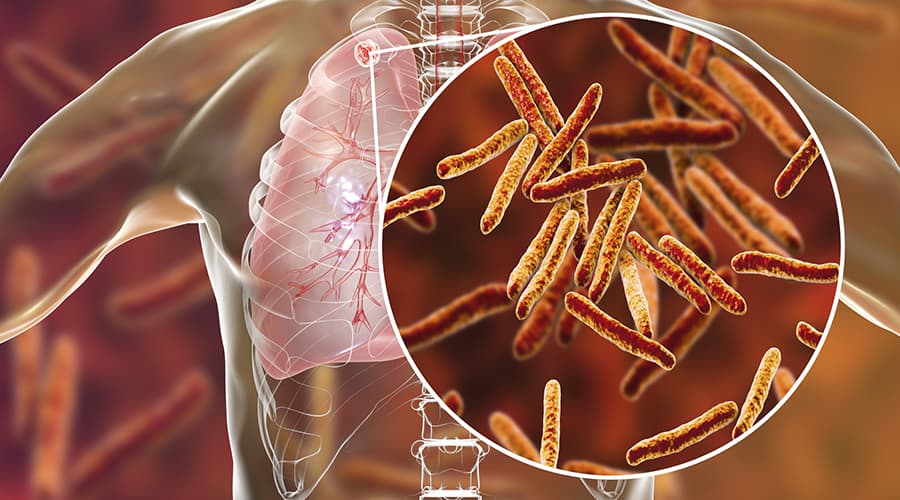
Research included over 100 ‘taste testers’
When you think about a favorite, or least-favorite food, what comes to mind? You probably said taste or maybe aroma. But Penn State University researchers claims there’s another factor most important in determining your reaction to a food.
A food’s texture affects whether it is eaten, liked or rejected, according to those researchers, who say some people are better at detecting even minor differences in consistency because their tongues can perceive particle sizes.
That’s the key finding of a study conducted in the Sensory Evaluation Center in the College of Agricultural Sciences by a cross-disciplinary team that included both food and speech scientists specializing in sensory perception and behavior. The research included 111 volunteer tasters who had their tongues checked for physical sensitivity and then were asked their perceptions about various textures in chocolate.
“We’ve known for a long time that individual differences in taste and smell can cause differences in liking and food intake—now it looks like the same might be true for texture,” said John Hayes, associate professor of food science. “This may have implications for parents of picky eaters since texture is often a major reason food is rejected.”
One argument is that texture typically is not noticed when it is within an acceptable range, but that it is a major factor in rejection if an adverse texture is present, explained Hayes, director of the Sensory Evaluation Center. For chocolate specifically, oral texture is a critical quality attribute, with grittiness often being used to differentiate bulk chocolate from premium chocolates.
SOURCE: Phys.org





